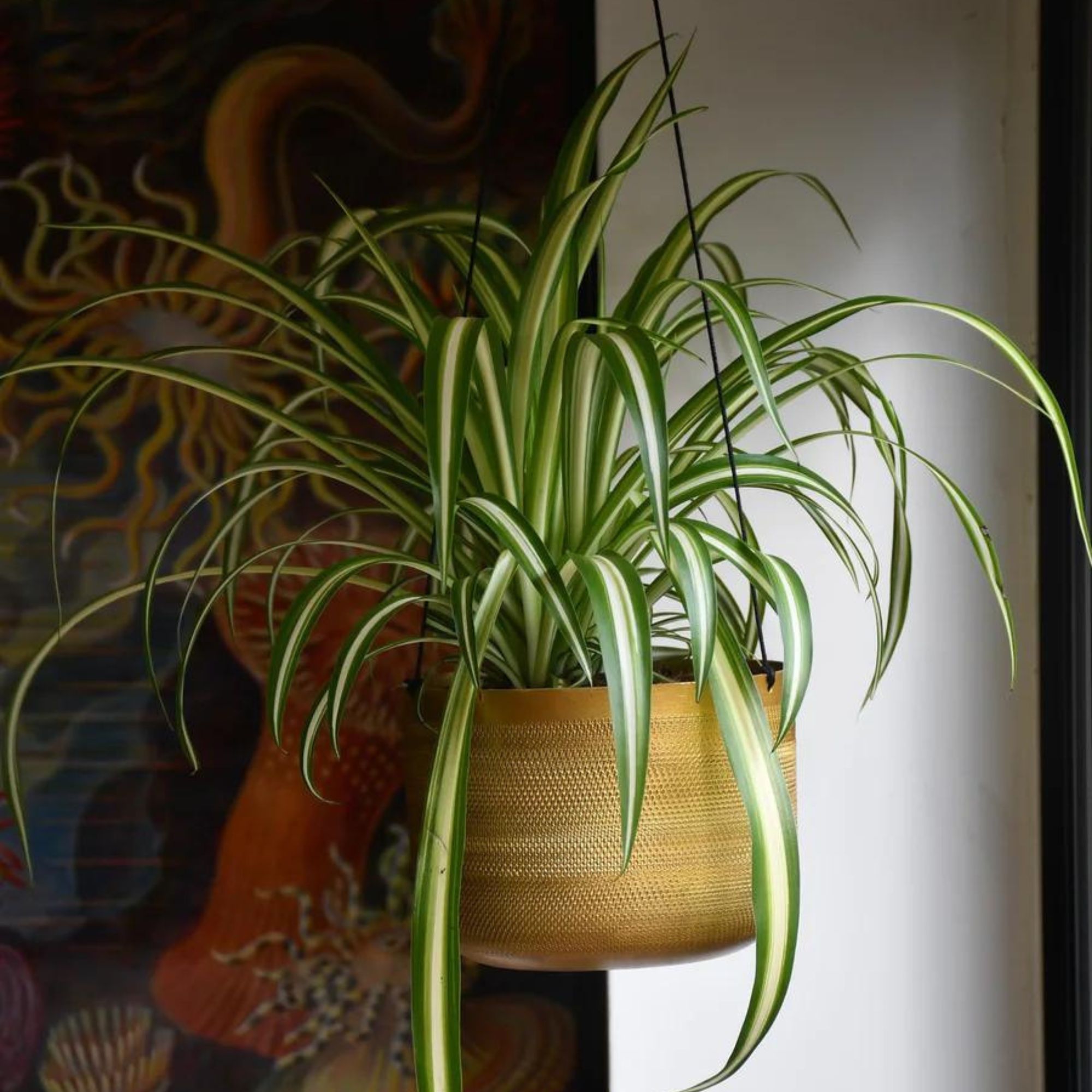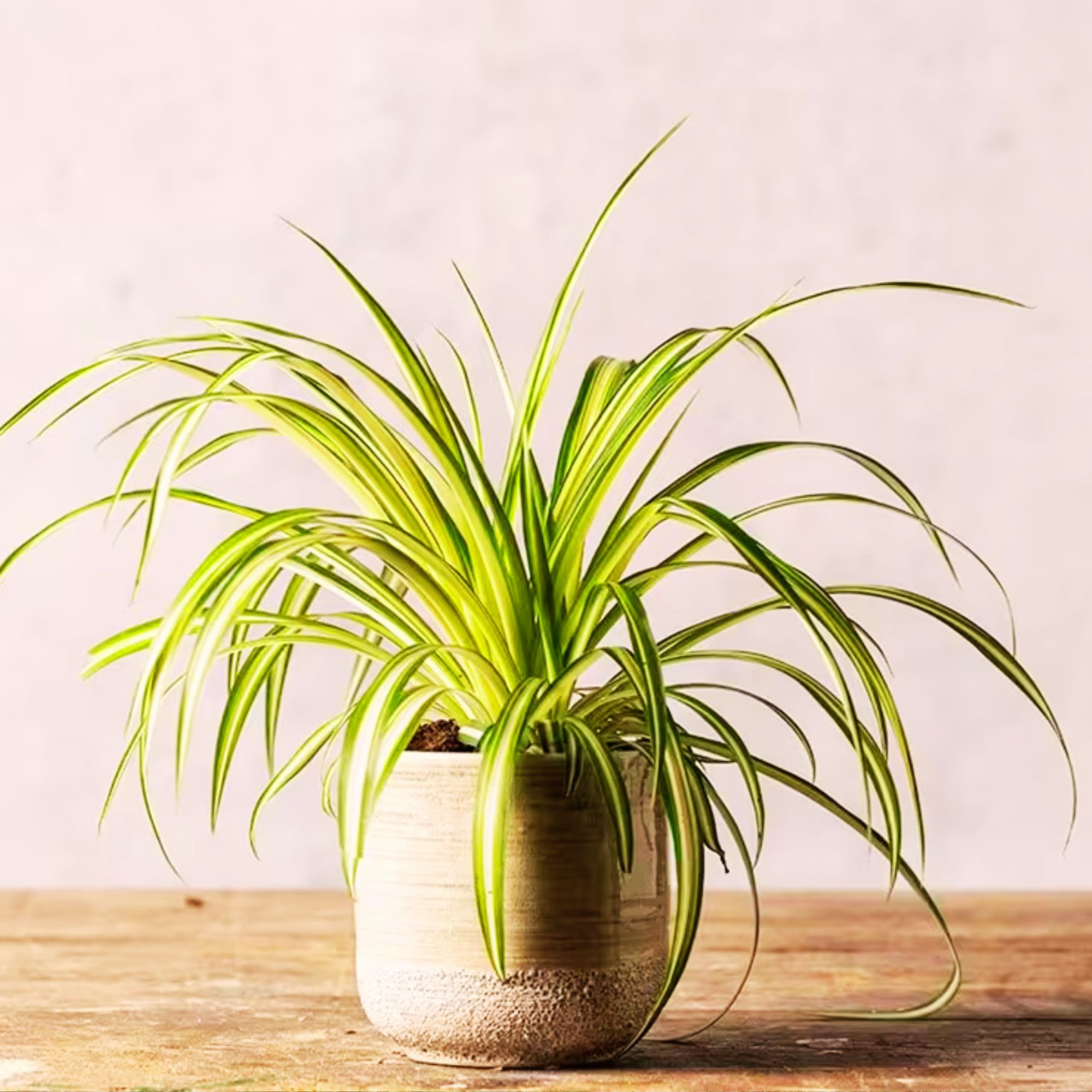How to care for spider plants to get the most from this resilient beauty
The retro houseplant is making a comeback – here's how it can thrive
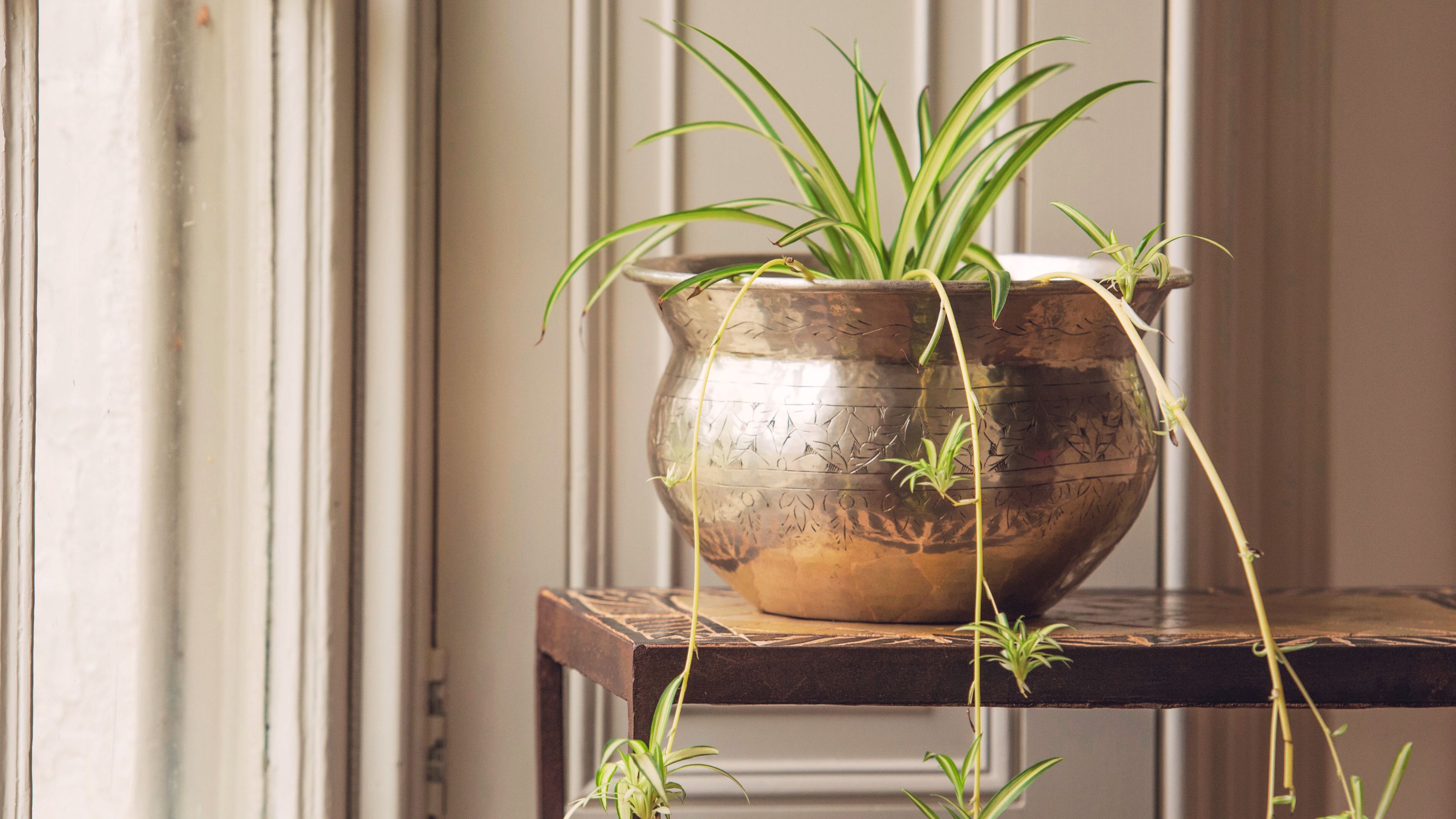

Practically unkillable, spider plants are the perfect choice for first-time houseplant owners or those who can’t dedicate hours to complex plant care routines.
The striking plant isn't new to the roster of houseplant ideas, as the spider plant is somewhat of a retro icon to boot. ‘Spider plants have been kept as houseplants for over 200 years, becoming popular due to their low maintenance and adaptability,’ explains Natalie Bourn, shop manager of Between Two Thorns.
How to care for spider plants
‘Scientifically known as Chlorophytum comosum, spider plants are often praised for their air-purifying powers, following NASA’s 1989 Clean Air study. However, this study was conducted in a closed environment, so its findings don’t really apply to our homes,' says Natalie Bourn, shop manager of Between Two Thorns.
Despite not being a replacement for the best air purifiers, spider plants are still a worthwhile addition to an interior, especially as they're one of the plants that are great at reducing moisture in the home.
What you'll need
- Spider plant
- Plastic pot with drainage holes – one size larger than the size of the plant bought
- A liquid houseplant fertiliser, such as Baby Bio Houseplant Fertiliser on Amazon
- A small trowel, such as the compact Kent & Stowe Capability trowel on Amazon
- Houseplant compost, for example Westland Houseplant Potting mix on Amazon
Where to buy spider plants
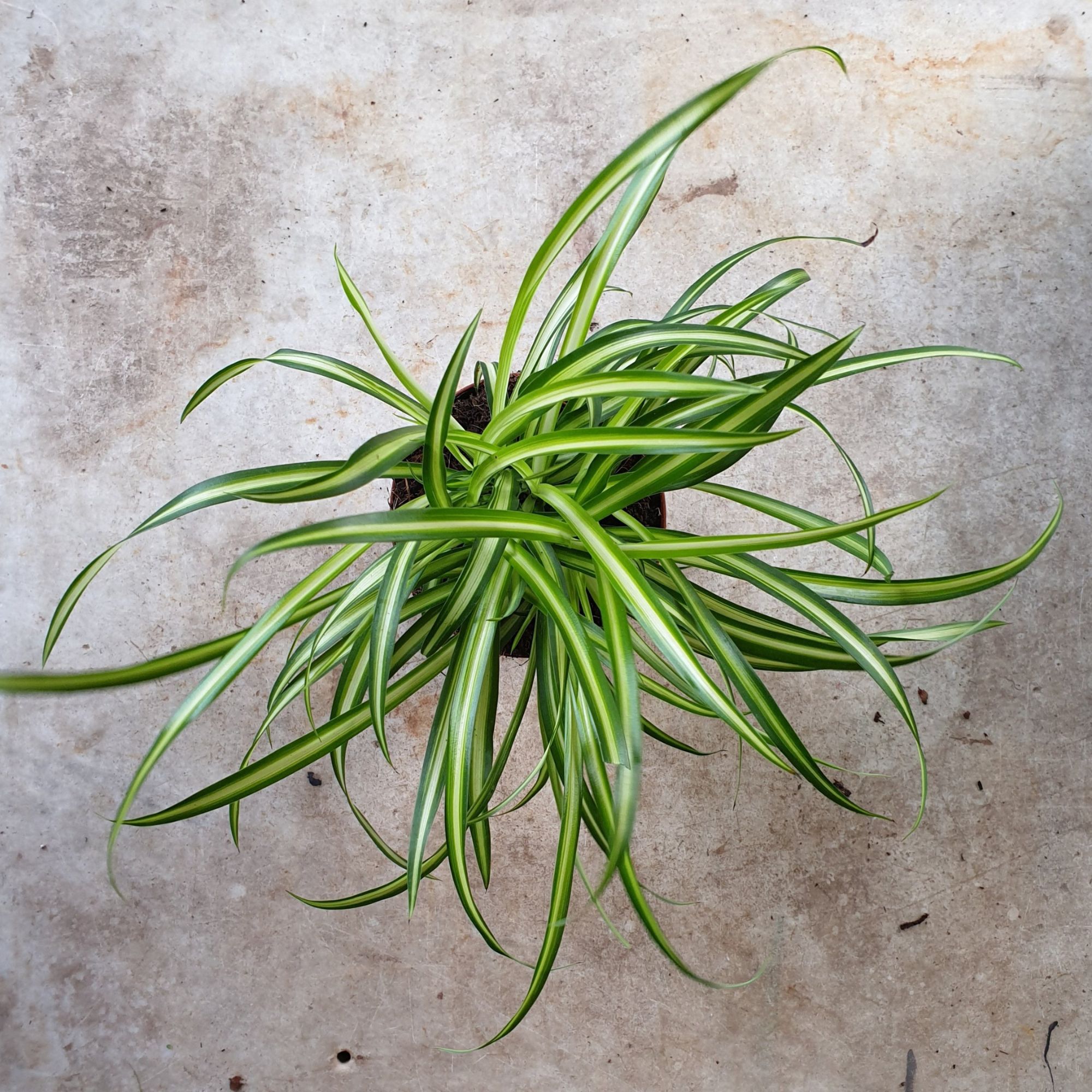
At only £7, this is a great budget option that will let you expand your houseplant collection for less than £12 including delivery.
Where is the best place to put a spider plant?
One of the houseplants that thrive in low-light spaces, spider plants can survive in most spaces, but to truly thrive, they need a spot with bright but indirect light or partial shade.
‘Aim for a moderate temperature – 13°C to 27°C is ideal – and prevent stress by protecting the plant from extreme temperature changes or drafts,’ advises Andy Little, houseplant buyer at British Garden Centres. ‘Adequate ventilation and avoiding cramped spaces are also essential for promoting healthy growth.’
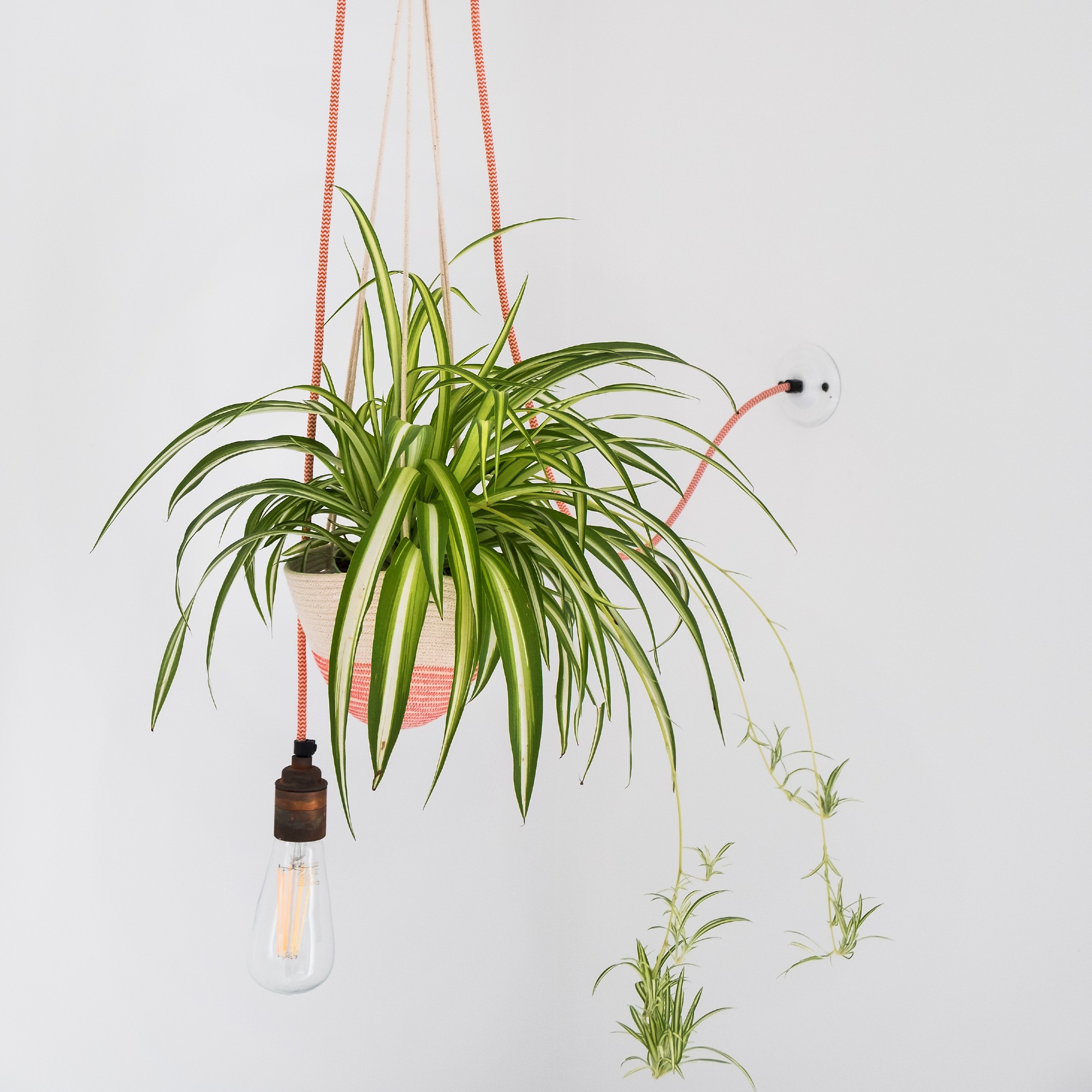
Are spider plants pet friendly?
Thankfully, spider plants are non-toxic meaning they are pet-friendly houseplants. ‘However, some pets may be curious and chew on the leaves. This can lead to mild gastrointestinal discomfort,' cautions Natalie Bourn, shop manager of Between Two Thorns.
'Keep an eye on your pets’ interactions with the plant. If they show interest, consider placing the plant out of their reach.'
How often do you water a spider plant?
Not only are they one of the best plants for the bedroom, but they aren't super sensitive to over or underwatering – however, it is still important to make
‘How frequently you water your plant will depend on the temperature of your home, but generally, you shouldn’t need to water your spider plant more than once a week,’ advises Dobbies’ senior houseplant buyer, Claire Bishop.
The best way to approach watering your spider plant is by testing the soil. ‘Before watering your plant, check the top layer of soil. If about 50 per cent of the soil feels dry, then it’s safe to water. Allow any excess water to drain away from the bottom of the pot to prevent the roots from rotting,’ adds Morag Hill, co-founder of The Little Botanical.
‘During the summer growing season, it is also a good idea to feed your spider plant with a liquid houseplant fertiliser every fortnight to give it a nutrient boost and encourage growth,’ adds Claire Bishop.
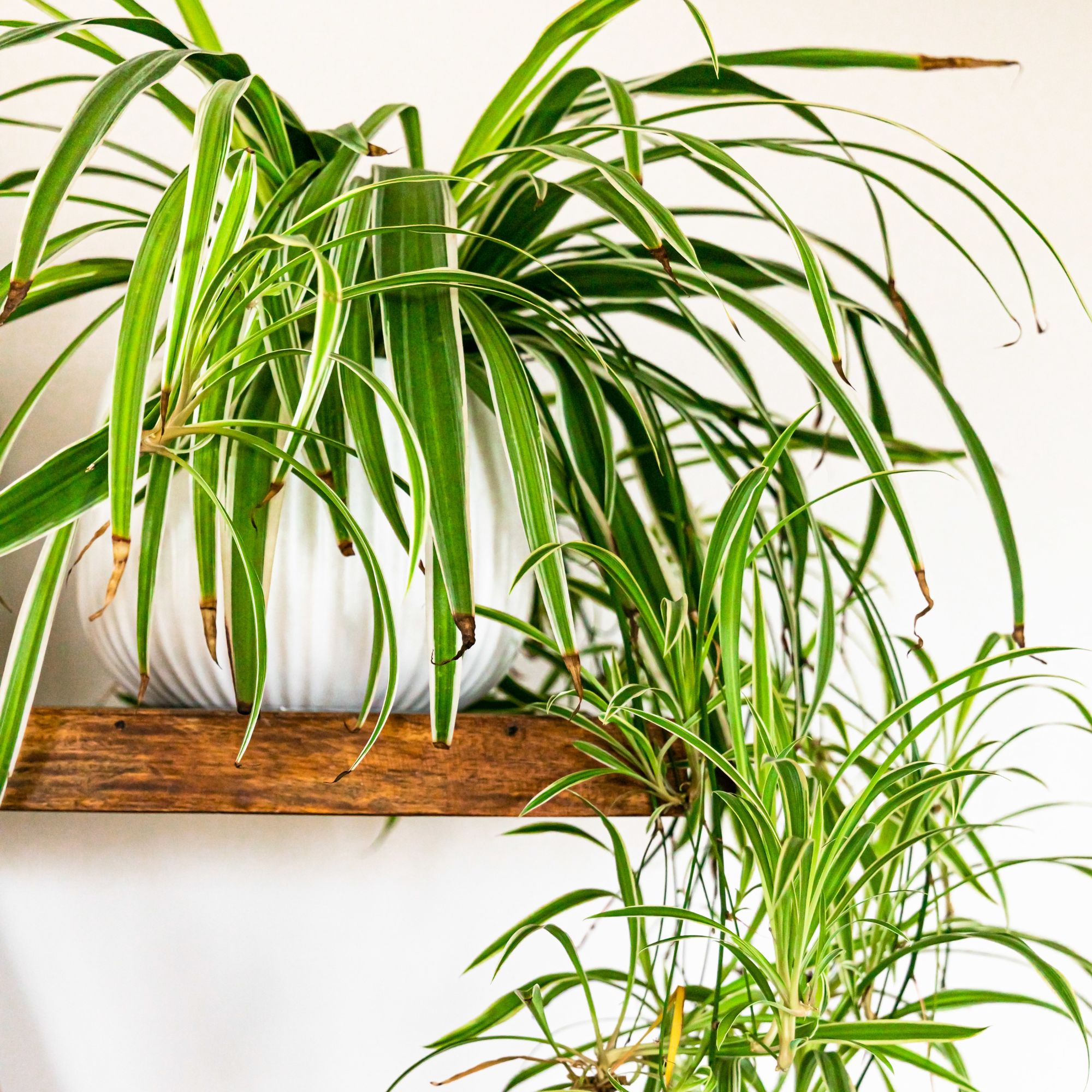
Should I mist my spider plant?
Yes, you should mist your spider plant – this will prevent the leaves from developing brown tips.
Achieving moderate humidity levels will also prevent the plant from drying out. Place your spider plant in a naturally humid room, such as the kitchen or bathroom, or regularly mist the plant with water – a couple of times a week will suffice.
Due to their preference for humid environments, spider plants are also one of the best plants for reducing condensation and damp.
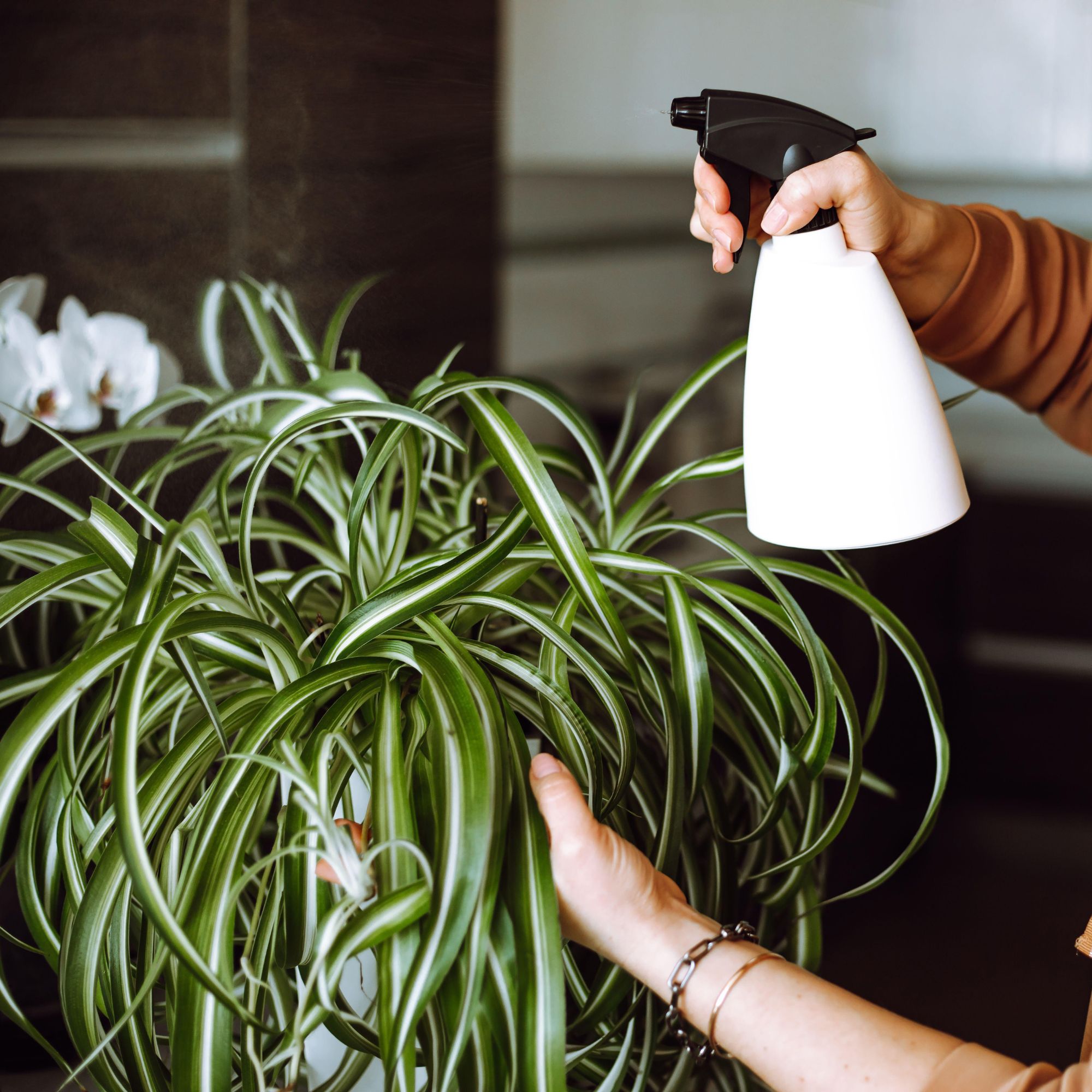
How to support a spider plant plant as it grows
Spider plants have thick, fleshy roots called rhizomes, designed to conserve water during drier spells. The size of these roots means that the spider plant will benefit from regular repotting.
There are several indications of when to repot houseplants – namely when you start to see the roots growing out of the current pot's drainage holes.
‘When repotting your spider plant, it is important to know how to repot houseplants. Choose a pot slightly larger than the current one, with good drainage holes,’ advises Dobbies’ senior houseplant buyer, Claire Bishop.
‘To repot, gently remove your spider plant from its existing pot and loosen the roots before planting with fresh potting mix in the new container and watering well.’

Do you cut back a spider plant?
While pruning is not necessary, it can help to create a more manageable plant.
‘Periodically prune the spider plant by removing any leggy or discoloured leaves. This redirects energy to the healthier parts of the plant, promoting fuller growth,’ says Natalie Bourn, shop manager of Between Two Thorns.
If you don’t plan on growing spider plant babies, trim the vines after flowering.
FAQs
Should I cut the brown spots off my spider plant?
Brown leaf tips are a sign that your plant needs more humidity. Cut off the brown parts and regularly mist them to prevent brown leaf tips in the future. Brown tips can also be caused by too much fluoride in the water – ‘switch to distilled water for watering to address this,’ adds Andy from British Garden Centres.
Why are the leaves of my spider plant going yellow?
Yellowing leaves ‘may be due to overwatering, underwatering, or excessive direct sunlight. Adjust your watering routine to allow the soil to dry out between waterings and ensure the plant is placed in a bright location with indirect sunlight,’ advises houseplant buyer Andy.
All in all, spider plants are a pretty easy going and low maintenance plant, so simply pay attention to what they're telling you and you'll have a lush houseplant before you know it.
Get the Ideal Home Newsletter
Sign up to our newsletter for style and decor inspiration, house makeovers, project advice and more.

Holly is one of Ideal Home’s content editors. Starting her career in 2018 as a feature writer and sub-editor for Period Living magazine, she has continued this role also adding regular features for Country Homes & Interiors and the Ideal Home website to her roster. Holly has a passion for traditional and country-inspired interiors – especially kitchen design – and is happiest when exploring the countryside and hills of the Lake District. A keen gardener, she is a strong believer that you can never have too many houseplants.
-
 I’m seeing pastel garden furniture at all my favourite brands this spring, but QVC’s sorbet collection impressed me the most
I’m seeing pastel garden furniture at all my favourite brands this spring, but QVC’s sorbet collection impressed me the mostFresh pastel shades are a great way to liven up your outdoor space
By Kezia Reynolds
-
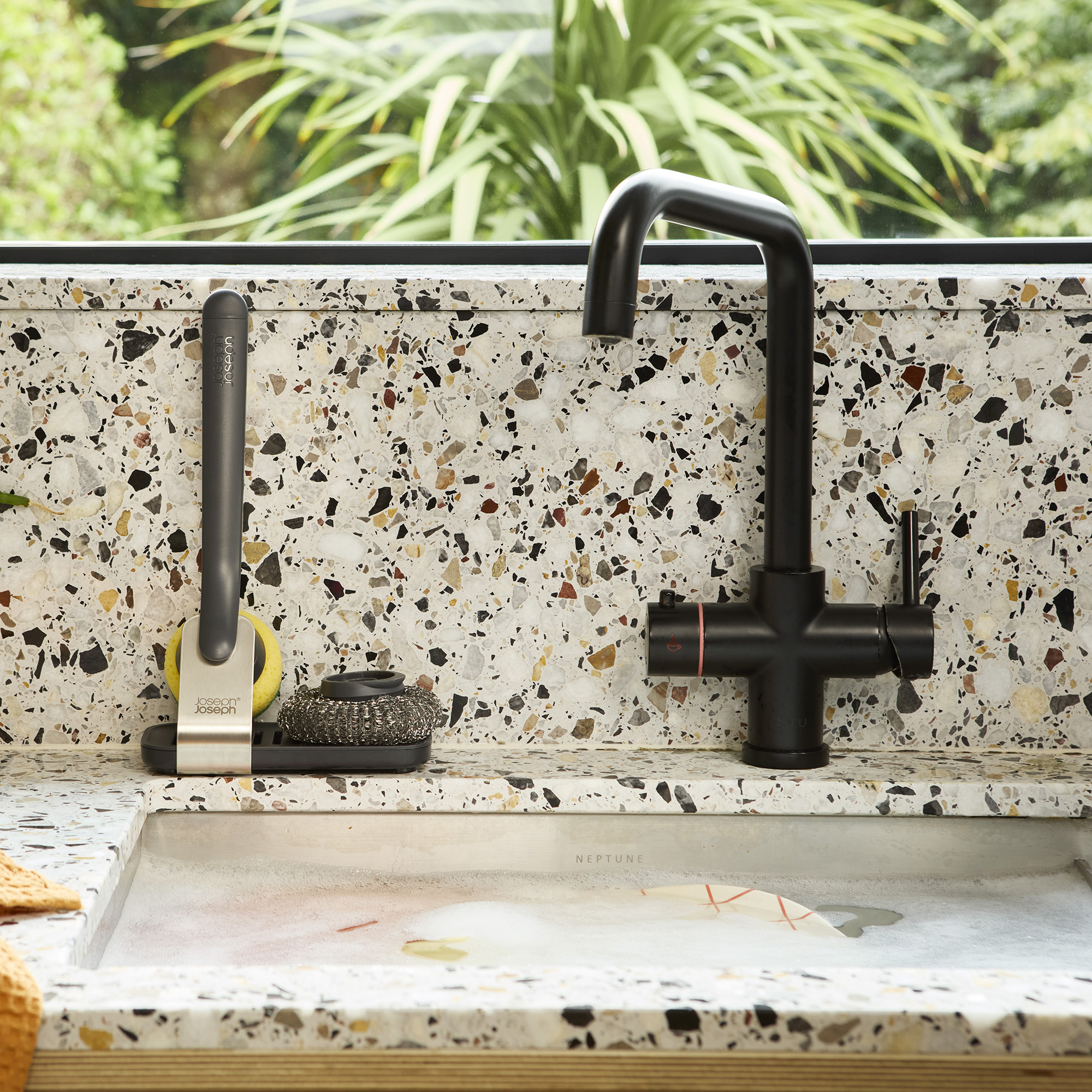 Don't tell my flatmates, but Joseph Joseph's clever new sink range finally made me enjoy washing up
Don't tell my flatmates, but Joseph Joseph's clever new sink range finally made me enjoy washing upI didn't know stylish washing up accessories existed until I saw this collection
By Holly Cockburn
-
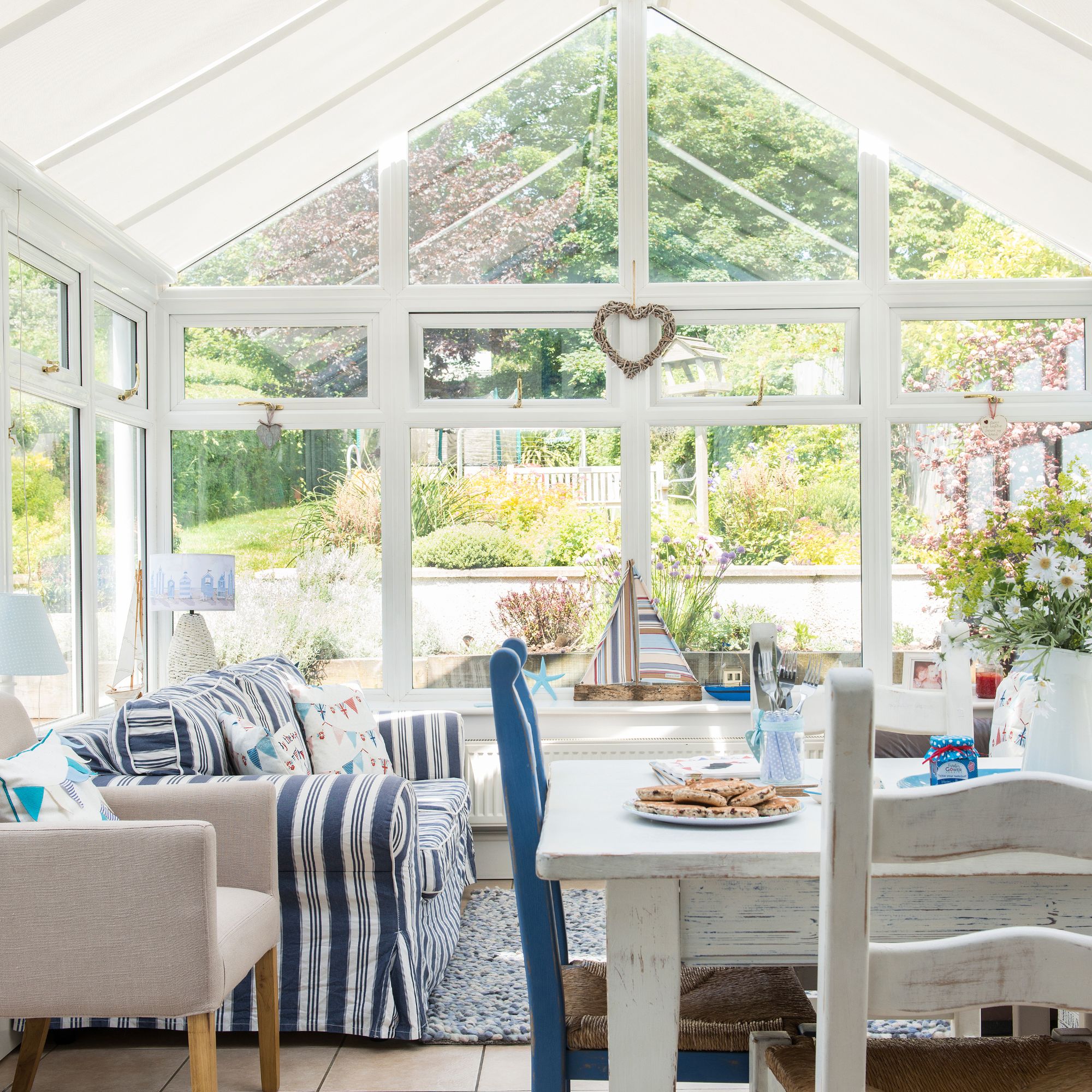 Is it cheaper to build an extension or a conservatory?
Is it cheaper to build an extension or a conservatory?One is usually cheaper, but it turns out that's not always the case
By Amy Reeves
-
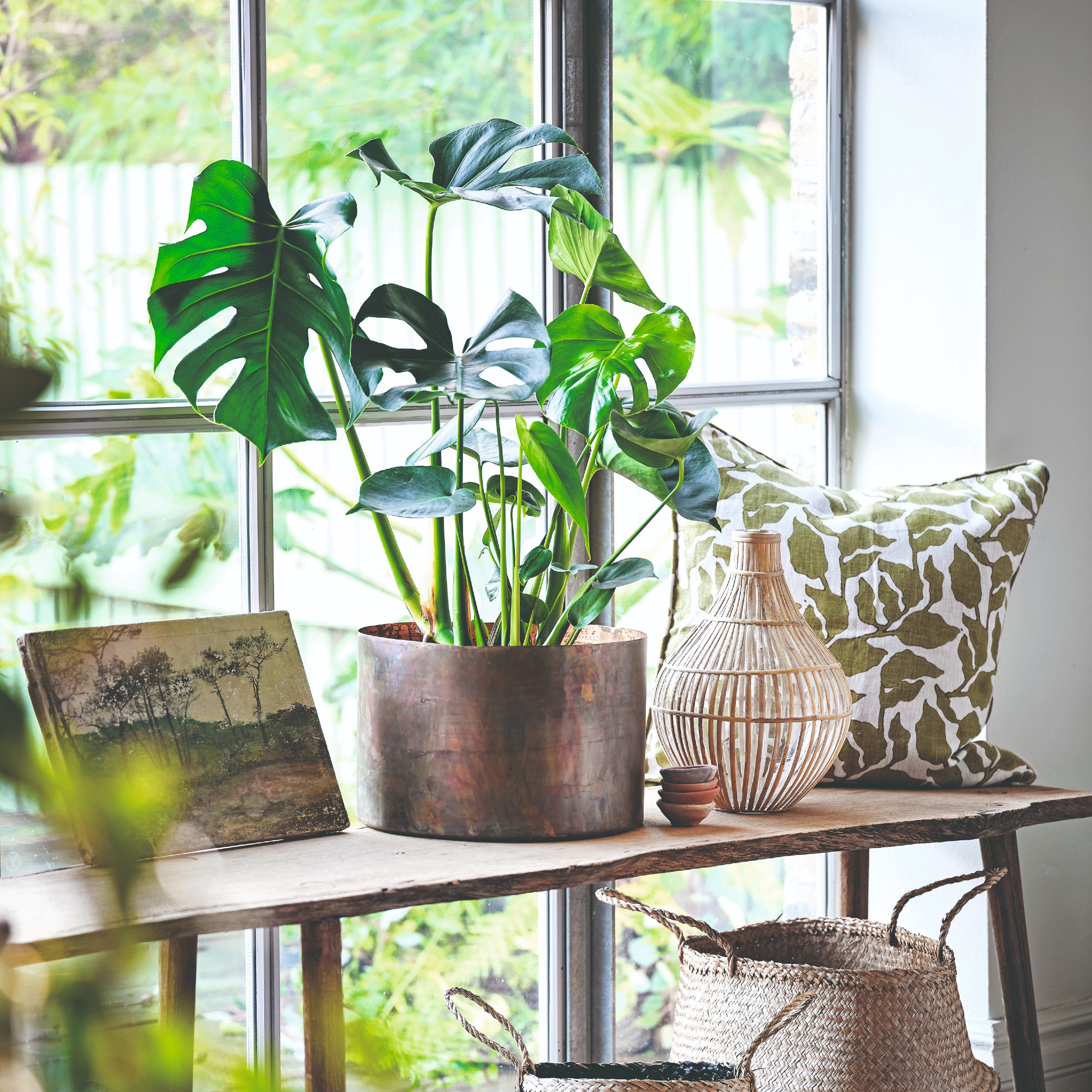 Best soil for Monstera – this is the perfect mix for healthy Swiss cheese plants
Best soil for Monstera – this is the perfect mix for healthy Swiss cheese plantsAll the ingredients you should look out for
By Sophie King
-
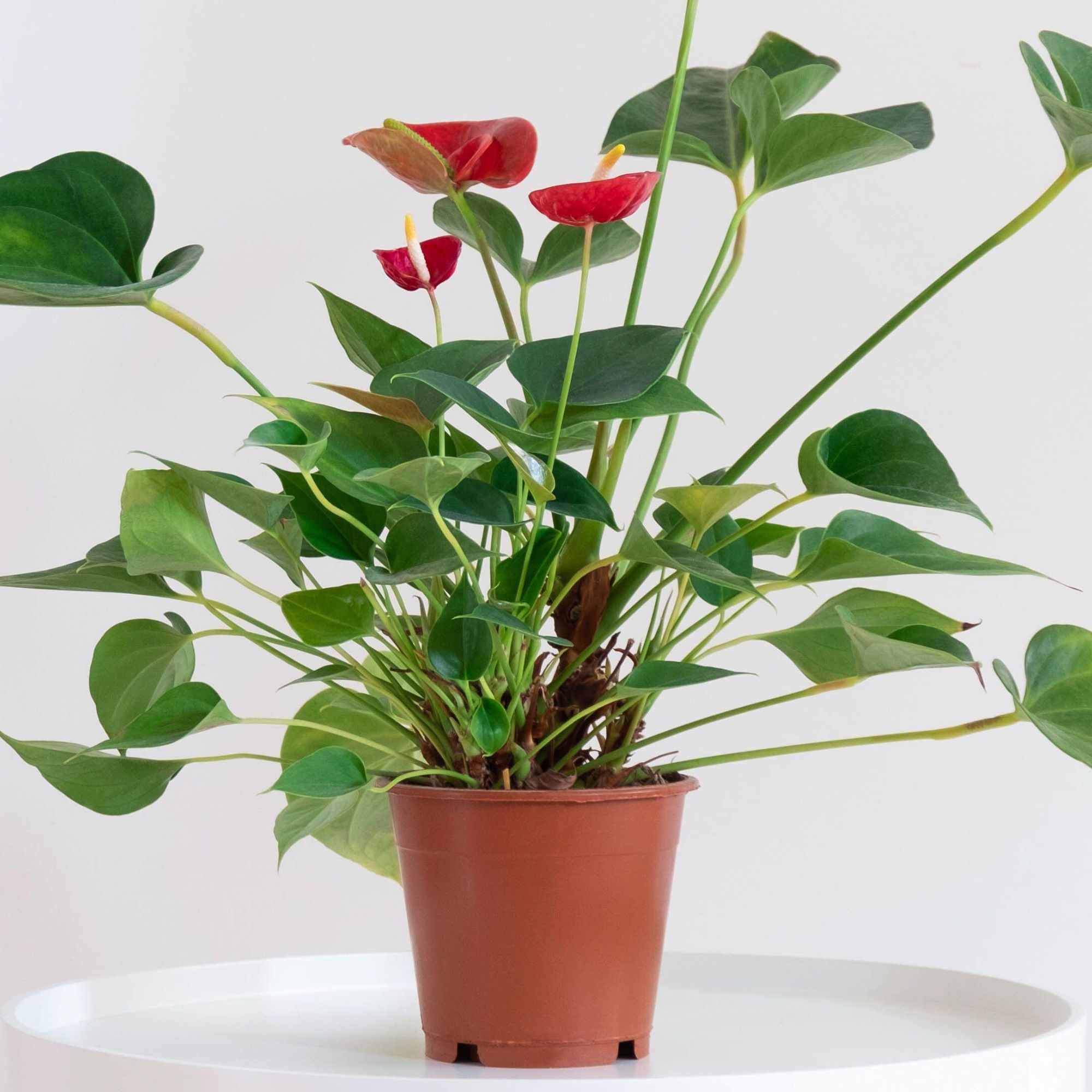 How to propagate anthurium – the three best ways to double these pretty tropical plants
How to propagate anthurium – the three best ways to double these pretty tropical plantsWhether you propagate anthurium through cuttings or separation, you'll love these ways to increase your collection
By Holly Reaney
-
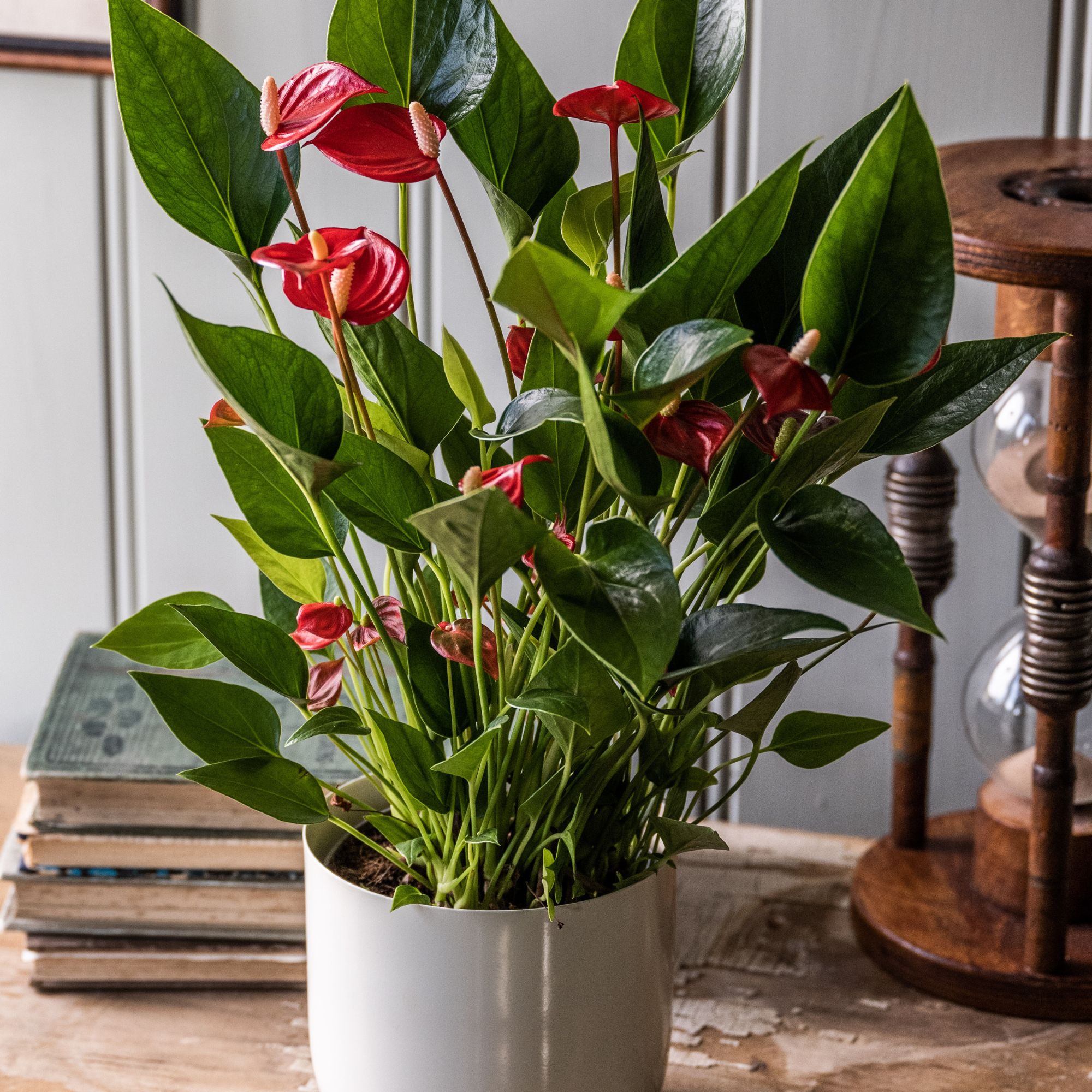 How to care for Anthurium for long-lasting vibrant and tropical colour
How to care for Anthurium for long-lasting vibrant and tropical colourWith their vibrant colours and tropical look, Anthurium andraeanum or Flamingo flowers make for an eye-catching addition to a kitchen, bathroom or conservatory
By Holly Reaney
-
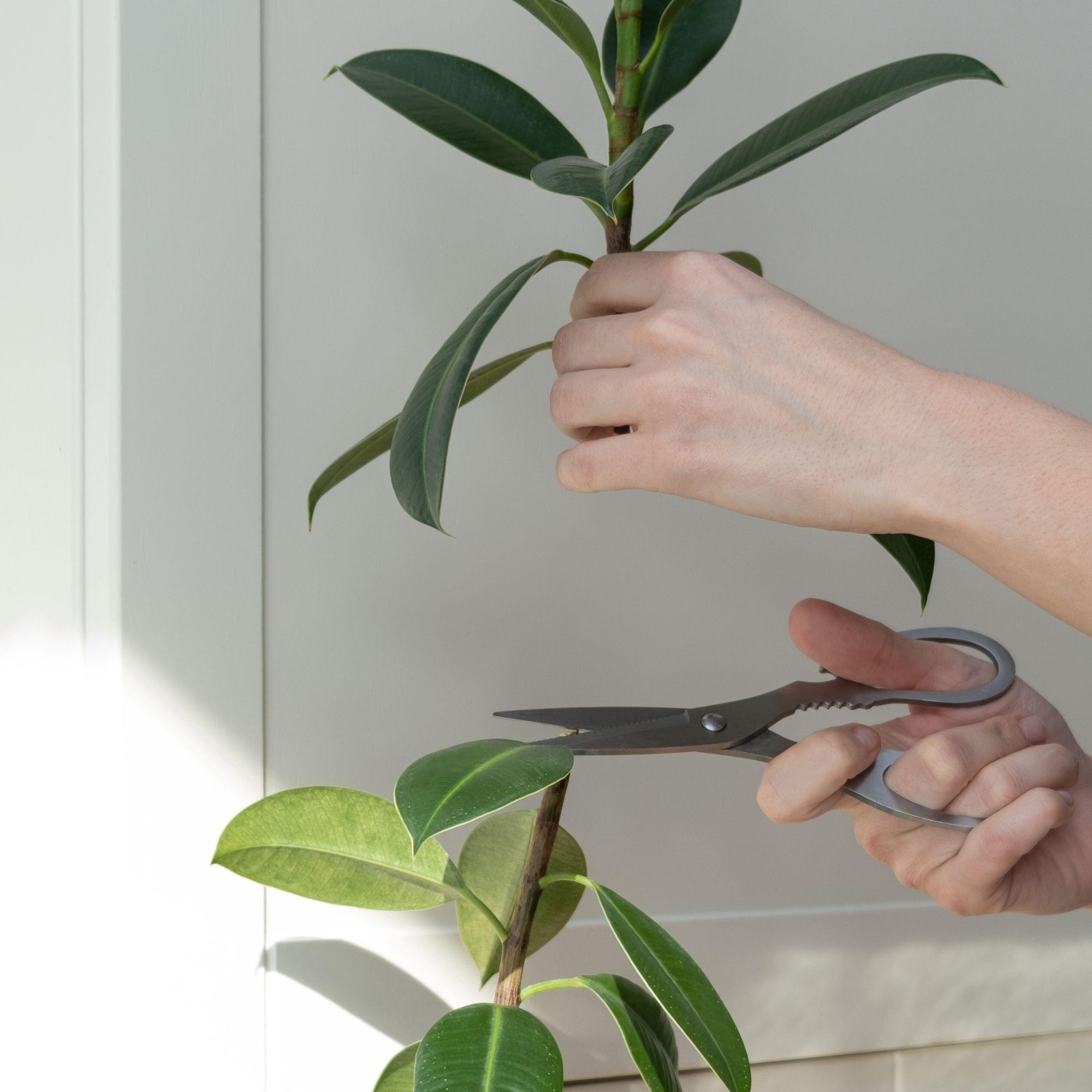 How to propagate a rubber plant - expand your houseplant collection for free
How to propagate a rubber plant - expand your houseplant collection for freeWhy have just one rubber plant when you can have loads?
By Holly Reaney
-
 How to care for a rubber plant – the almost unkillable houseplant
How to care for a rubber plant – the almost unkillable houseplantLow maintenance and fast-growing, the rubber plant is the perfect choice for beginners and ideal for making a statement in a home
By Holly Reaney
-
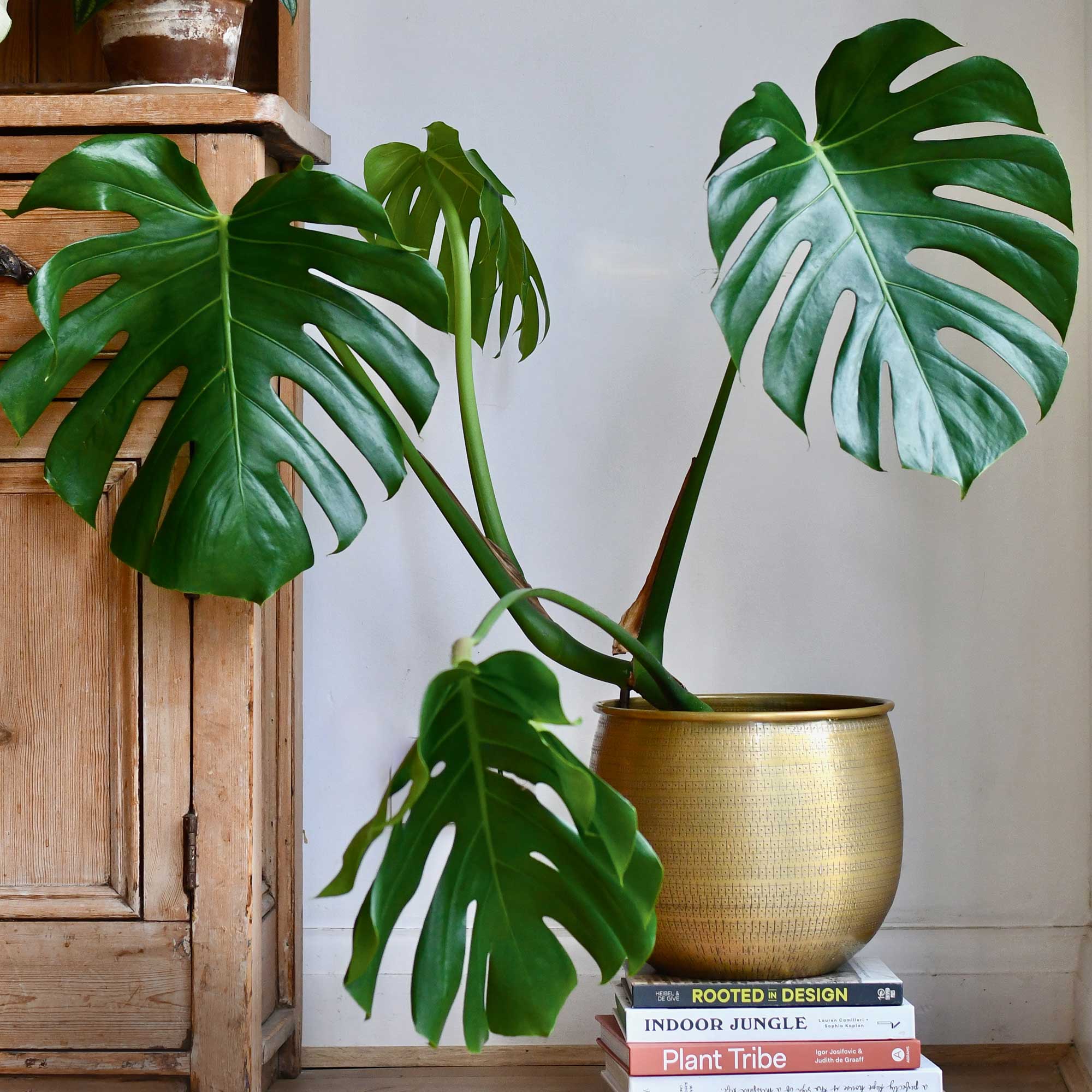 How to care for a monstera deliciosa – the gentle giant of the houseplant world
How to care for a monstera deliciosa – the gentle giant of the houseplant worldHow to care for a monstera deliciosa, including where to position, when to water and how to propagate
By Holly Reaney
-
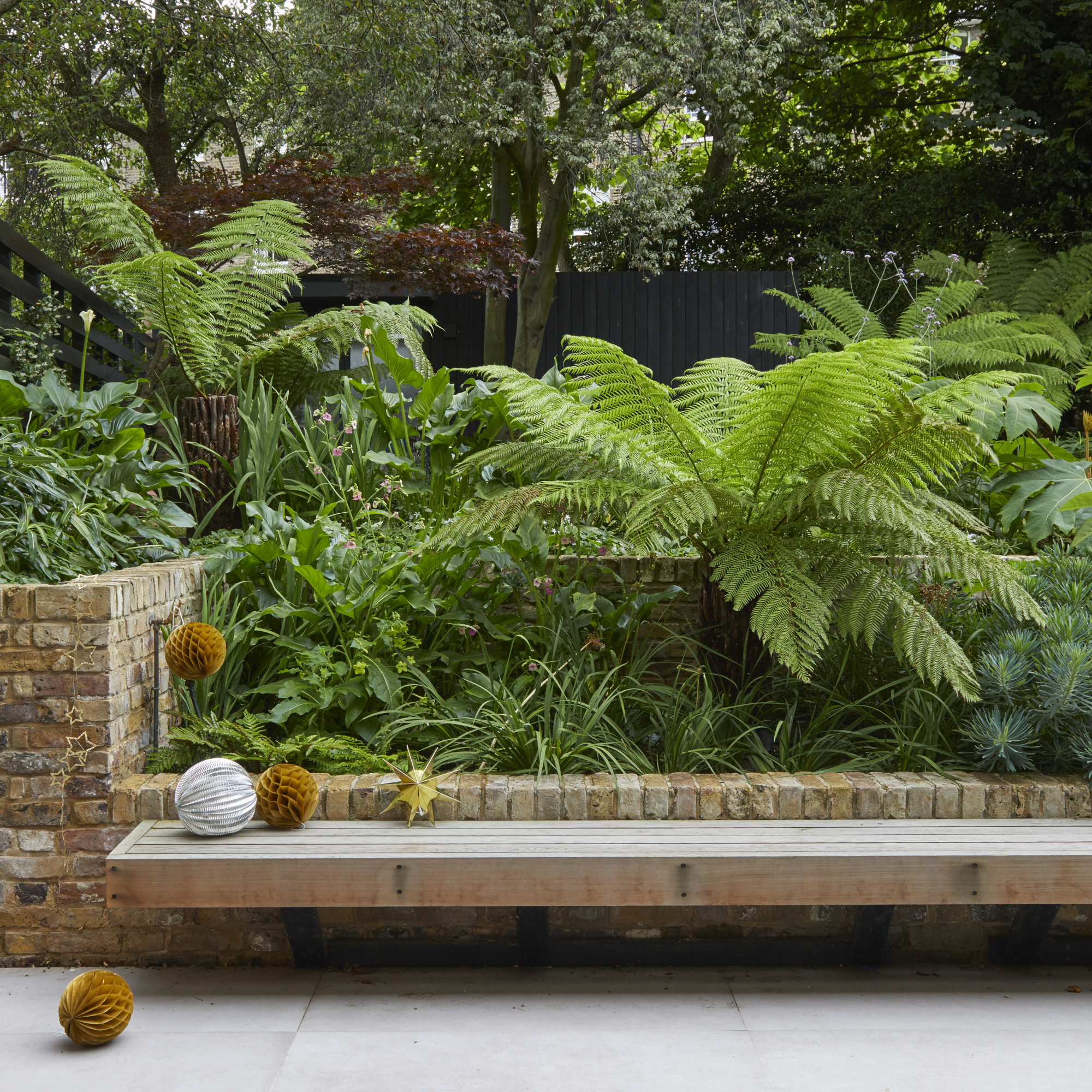 When to cut back ferns to keep them looking their best
When to cut back ferns to keep them looking their bestLearn when to cut back ferns to keep these hardy garden stalwarts in tip-top condition
By Rachel Crow
-
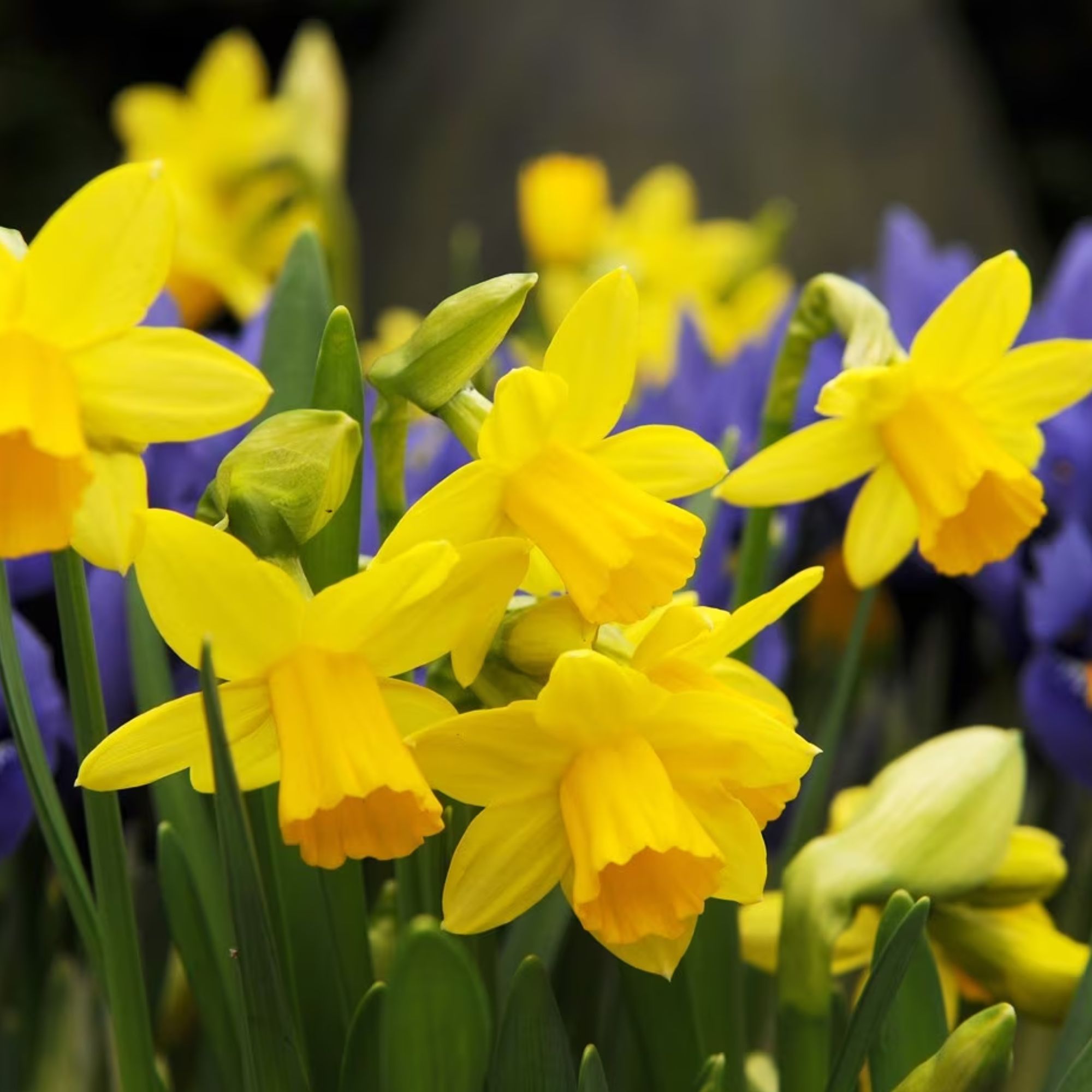 How to plant daffodil bulbs - ensure a pretty display when spring arrives
How to plant daffodil bulbs - ensure a pretty display when spring arrivesEnjoy a beautiful display of daffodils in your garden next spring with this expert advice on how to plant daffodil bulbs
By Rachel Crow
